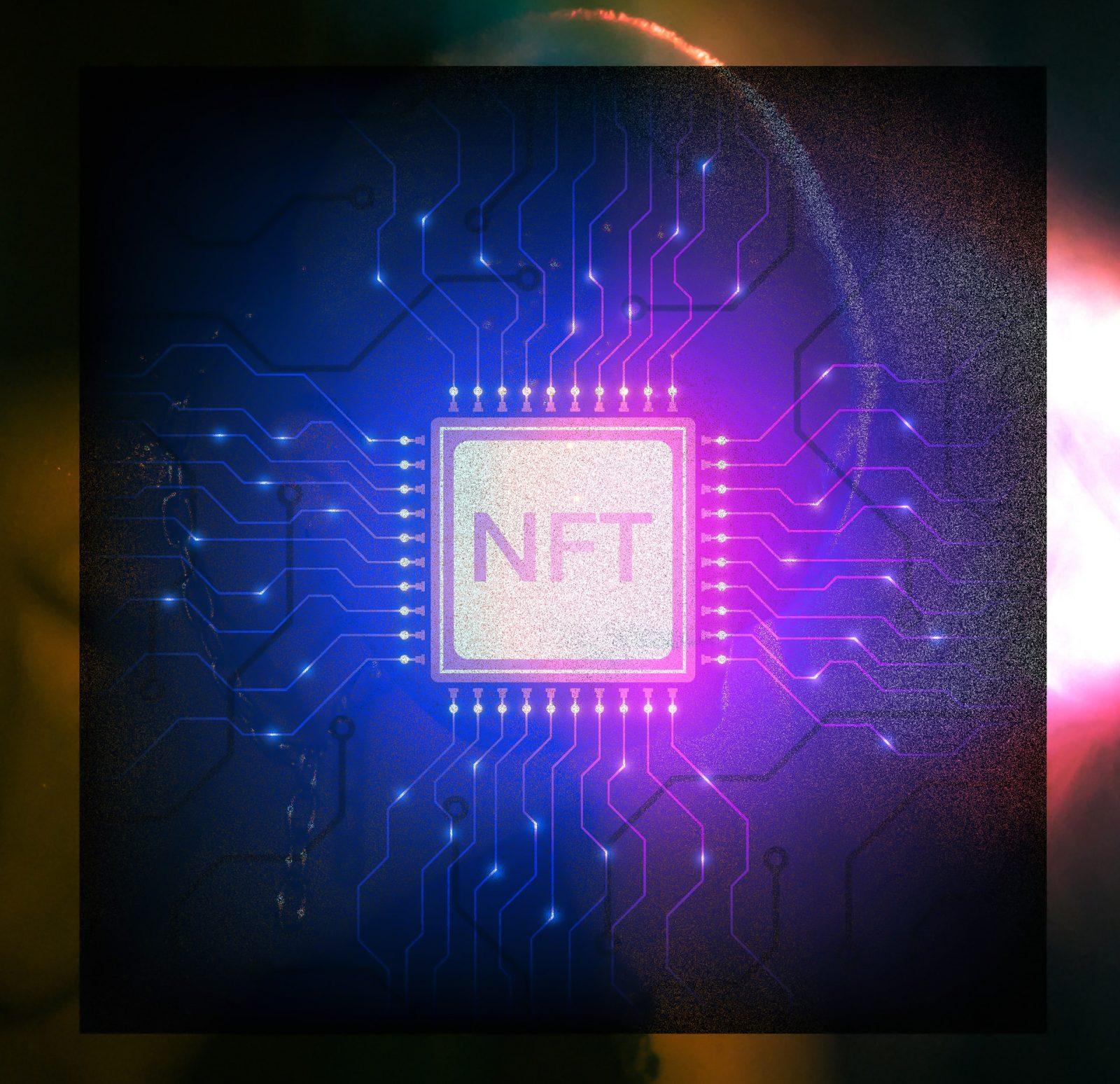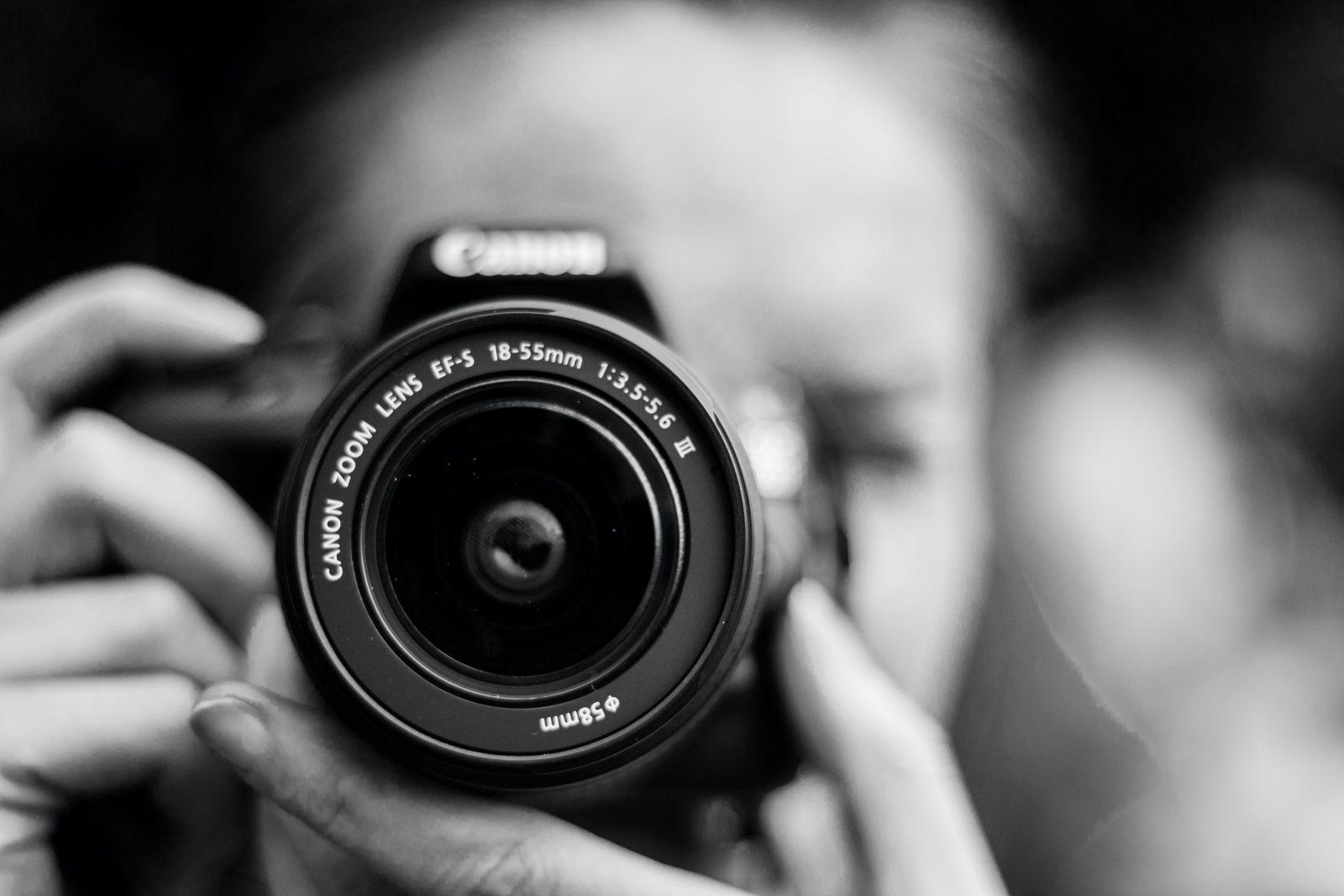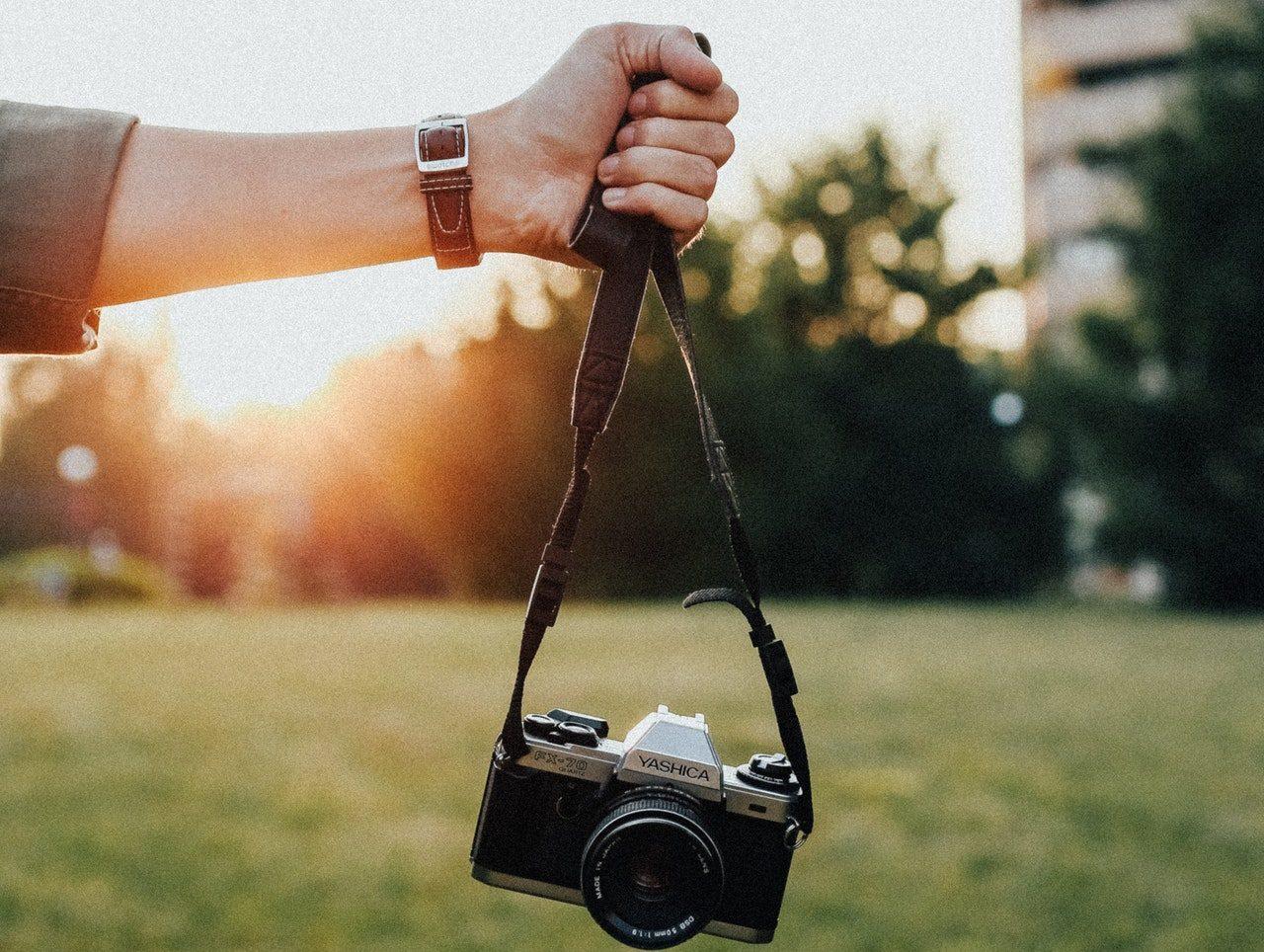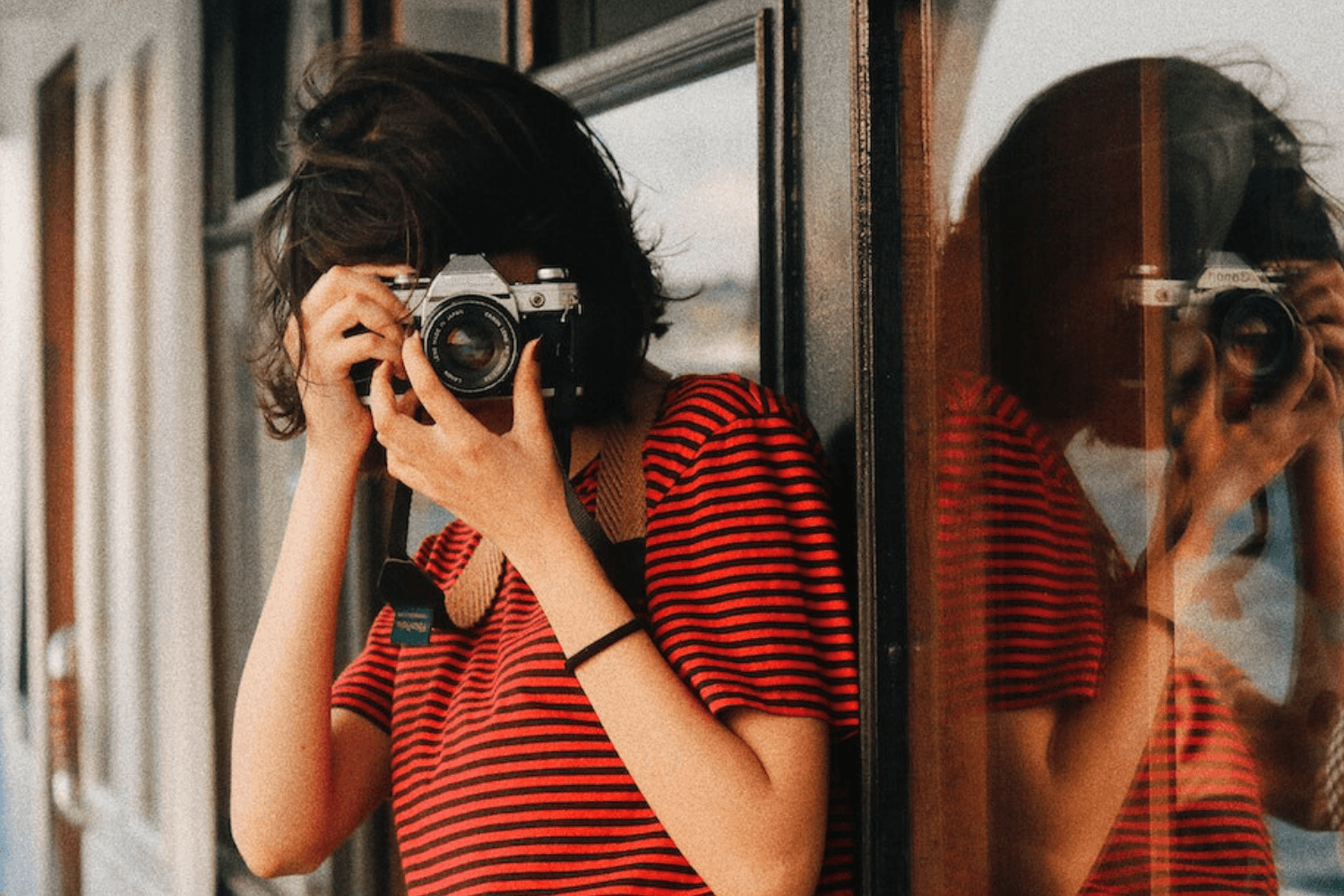Do NFTs Signal a New Future for Stock Photography?
Yvan Cohen
Sat Feb 12 2022

By Yvan Cohen
For years photographers have been complaining about declining fees for stock photography. We’ve already written about how sites like Istock, Pexels and Unsplash, have accelerated this downward trend.
The doomsayers grumble about it being the end of photography as a viable profession. The optimists point out how the photography market has expanded vastly; becoming more inclusive and creating new opportunities in the process.
Enter non-fungible tokens, or NFTs, as they’re generally known.
A by-product of what is known as the blockchain (which we explain here), NFT’s are creating a completely new space for photographers seeking to generate revenue from their images.
Rather like digital technology in the early 2000s, NFTs are starting to look like one of those technological evolutions that threaten to become a full-blown revolution.
What does this mean for photography?
NFTs’ march into the mainstream of the photography market already feels inexorable. In January this year, the Associated Press (AP) announced it was building an NFT marketplace in conjunction with blockchain provider Xooa. AP says it intends to launch the platform early this year. The move was prompted by a successful trial run with NFTs, through OpenSea.
The complexities of blockchain technology aside, trading photographs as NFTs solves some of the most basic problems created by digital photography. Chief among those problems is the ease with which digital images can be copied, and the difficulty creators face in indisputably asserting/protecting their copyright.
NFT trading platform Airnfts, claims “photography as an NFT checks all reasonable marks – verifies ownership, creates uniqueness and rewards creators.” The site goes on to point out that while the buyer of an NFT photo has the ownership right, “the photographer still enjoys copyright and reproduction rights.”
 Photo by Roger Brown
Photo by Roger Brown
To illustrate their point, Airnfts points to the example of Kate Woodman who sold a digital image called “Always Coca-Cola” for 11.888 ETH ($21,321) and yet “she still owns the right to license the pictures and use them on her social media and can still earn some percentage of royalty when her picture changes hands.”
How do NFTs work with stock images?
In essence, the NFT buyer is investing in a speculative digital asset. The value of an NFT lies in the verifiability and uniqueness of the blockchain token. This means that ownership of an image traded as an NFT is effectively indisputable.
As the case of Kate Woodman illustrates, trading an NFT looks like a win-win for the creator, who earns revenue from the original sale and even royalties (at a pre-defined rate) each time the asset changes hands. And yet this doesn’t prevent the creator from licensing their work or displaying it as their own in an exhibition or on social media channels.
Confirming the power, or more accurately, the potential value of NFTs in the photography marketplace, in March 2021, Christies sold Mike Winkleman’s (best known as Beeple) jpg collage ‘Everydays: The First 5000 Days’ as an NFT for an eye-watering US$ 69 million. Until the advent of the NFT market, the most Beeple had ever sold a print for was US$ 100.
What do NFTs mean for photographers?
Stories of easy returns are likely to entice many photographers into the NFT marketplace, especially as they seek ways to generate greater returns from their stock while ensuring ongoing revenue and the ability to display their work. Some may be concerned by the environmental concerns raised by the energy-hungry processes associated with blockchain technology and the process of minting NFTs.
Controversy aside, NFTs are increasingly looking like an exciting space for photographers. Perhaps we are witnessing the advent of a new digital marketplace that is better adapted to the digital realities of photography today. In particular by offering photographers a means of indisputably asserting copyright and trading ownership in their work, without using the right to license or reproduce it.
Written by Yvan Cohen | Yvan has been a photojournalist for over 30 years. He’s a co-founder of LightRocket and continues to shoot photo and video projects around South East Asia.
To read more helpful articles on photography, check out our blog page.
Join our growing photographer community at LightRocket and get powerful archive management and website building tools for free!


